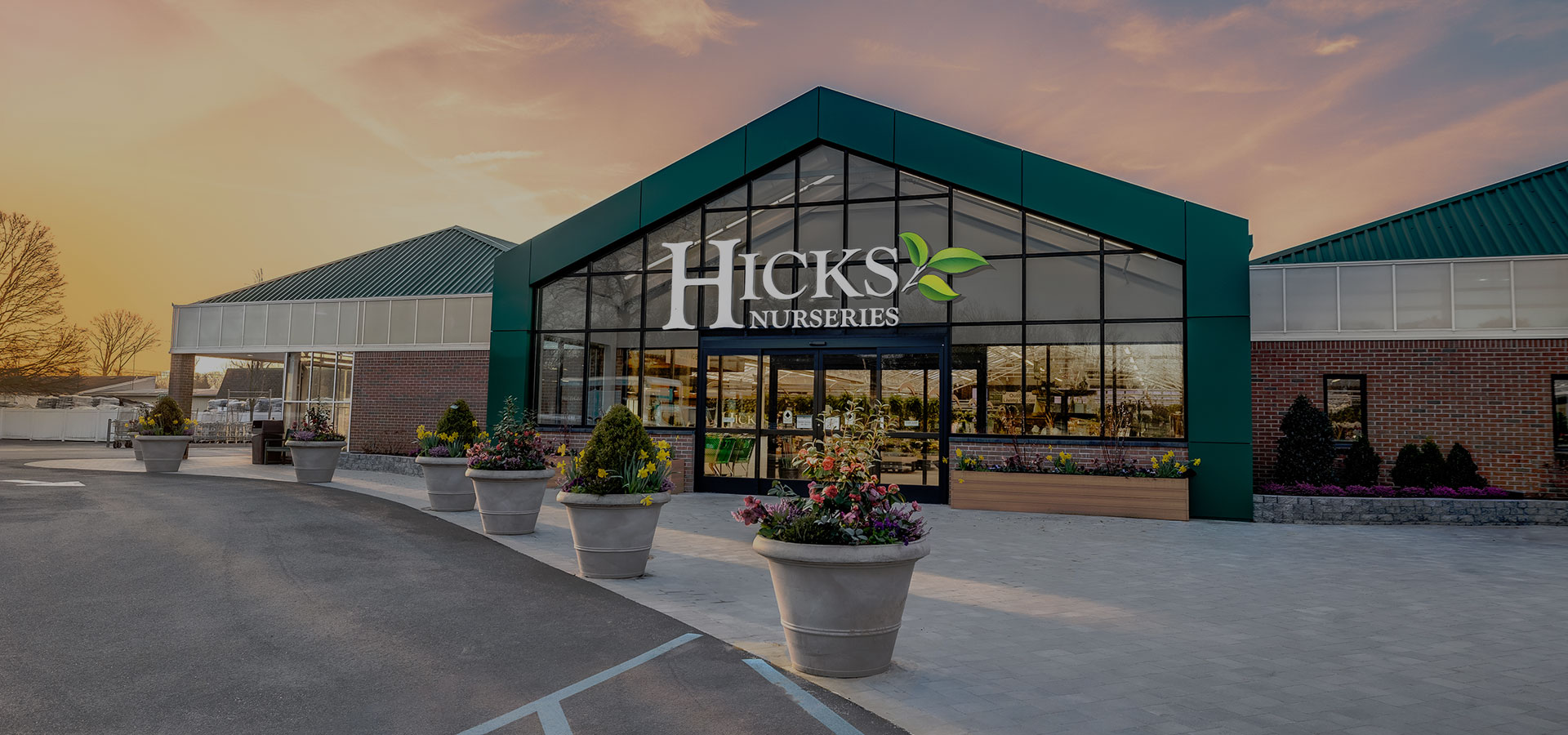[vc_row padding_top_multiplier=”” padding_bottom_multiplier=””][vc_column css=”.vc_custom_1515535628663{margin-top: -10px !important;padding-top: -10px !important;}”][movedo_social social_email=”yes” social_facebook=”yes” social_twitter=”yes” social_linkedin=”yes” social_reddit=”yes” icon_size=”small” icon_color=”grey” align=”center”][movedo_empty_space][/vc_column][/vc_row][vc_row padding_top_multiplier=””][vc_column][vc_column_text]In our continued effort to discuss the evolving relationship between form and function in restaurant design, we sat down with industry veteran and founder of Profitality, Juan Martinez to get his perspective on the state of the industry.
Juan Martinez has been applying industrial engineering principles in the foodservice industry for 34 years. As Principal of Profitality, an industrial engineering consulting company, he helps foodservice brands optimize investments to drive better unit economics. Recognized as an industry thought leader Juan frequently speaks at industry events, and has written over 100 articles in foodservice journals, including Fast Casual Magazine, and serves as a regular columnist in the Foodservice Equipment & Supplies Magazine.[/vc_column_text][/vc_column][/vc_row][vc_row padding_bottom_multiplier=”” columns_gap=”15″][vc_column][movedo_single_image image=”26914″][/vc_column][/vc_row][vc_row][vc_column][vc_column_text]As many brands are looking to reduce labor costs and connect with digitally native consumers, technology is playing a more critical role. How do you see this playing into not only the form but also the function of the restaurant space?
I always remind people that electronic ordering is like automation incognito, because it reduces the labor time to take orders and cash. Done right, it can be a great experience, since technology doesn’t wake up with an attitude. It has the attitude that you design into it.
From a functional design perspective, you need to account for the ordering points in store, so it doesn’t get in the way of the more traditional orders of customers coming into the restaurant and ordering. One challenge with electronic ordering is that if you’re not careful and you don’t account for it in the overall operations it can overwhelm the restaurant, creating slowdowns and inefficiencies. From a design perspective, make sure you design the engine, the customer journey, and even the third-party pick up journey collectively to support electronic ordering.[/vc_column_text][/vc_column][/vc_row][vc_row][vc_column][vc_column_text]What technologies do you think have made the most impact on creating efficient restaurant designs?
In addition to electronic ordering, rapid cooking technologies have made a difference in the efficiency of the speed of service that restaurants can deliver. A well-developed labor management system where it calculates the time to do each activity is another big advancement. It doesn’t really matter if your product is $1 or $10, restauranteurs should honestly understand the labor equation of however long it takes to make the product they’re selling. If you take this approach, and labor does not match profitability goals, then this information provides the springboard to re-engineer how things are done to reduce labor costs.
Are there any words of caution you might have for restaurateurs who are looking to integrate technology into the restaurant space?
To do it right, you need to consider all areas of the design. Consider the customer journey along with the employee journey. Both have to be carefully balanced and choreographed for the customer experience to be optimal.[/vc_column_text][/vc_column][/vc_row][vc_row padding_top_multiplier=”” padding_bottom_multiplier=”” columns_gap=”15″][vc_column][movedo_single_image image=”26918″][/vc_column][/vc_row][vc_row][vc_column][vc_column_text]As dayparts have dissolved with the adoption of all-day menus, how has this impacted BOH and operational efficiencies for fast food and fast casual restaurant brands?
All day menus have made it more challenging to run the shop. Cooking and holding technologies have helped tremendously. For example, it used take 3 to 5 minutes to cook a burger. Nowadays, rapid cooking technologies enable the restaurants to cook a burger in no more than 60 seconds. There’s a careful balance between speed and quality though.
Holding technologies have evolved significantly in the last few years, enabling the restaurants to hold product longer. Having made the prior statement, I always guide clients to consider holding as little as possible and develop a “just-in-time” production system in order to maximize the quality. The application of industrial engineering in foodservice can help in this and many other design areas.
While many restaurants are still in expansion mode, the restaurant model has changed a bit. Recently Checkers & Rally’s began rollout of a modular store built in an offsite facility. Is this a trend you see other brands adopting?
Concept development costs are dynamic variables that flow with the economy. We are currently experiencing higher real estate costs, and higher construction costs, due to the cost of labor and likely cost of materials. Basic supply and demand factors impact these costs.
You might recall a decade or so ago (don’t quote me on the exact time) the economy was in a state where operators had the ability to re-negotiate leases with their landlord. Some landlords were amenable to negotiating since the demand for the location was not as good. Unfortunately, this is not the case today. Development costs (site and construction) have gone up, creating yet another challenge for restaurateurs.[/vc_column_text][/vc_column][/vc_row][vc_row padding_top_multiplier=”” padding_bottom_multiplier=”” columns_gap=”15″][vc_column][movedo_single_image image=”26921″][/vc_column][/vc_row][vc_row][vc_column][vc_column_text]How do restaurateurs balance speed of service with experience? And can speed ever be too much of a priority?
The answer to the first question is very carefully. The answer to the second questions is definitely. Speed can be too much of a priority that can impact the experience, either way; too fast or too slow.
From seating arrangements to operable wall and window openings, we’re seeing more restaurants explore flexible design. What’s your take on this?
Flexible seating is the way to go since it provides operators the ability to adapt to the number of parties. This number can change depending on the daypart and even the day of the week. It’s all about having an optimum capacity, yet most concepts still use a key metric number of seats.
For years the lines have blurred between fast food and fast casual restaurants. What has been your experience working with fast casual brands who want to adopt fast food design elements (and vice versa)?
This is one my favorite topics to discuss. Industries are looking at each other to define what they need to change to steal each other’s customers. I often say that we are in a “share of stomach” business, which includes c-stores and grocers, not only restaurants.
Fast casual is trying to get faster and spend less on labor, while QSR is trying to up their quality offering to be like fast casual. Even full-service restaurants have had to keep an eye on what these two other categories are doing.
One other aspect of this is convenience, which use to mean pizza delivery or drive-thru at a QSR. Nowadays, you can get any food at any time delivered to you using a 3rdparty delivery company. Customers are willing to sacrifice quality a bit, at the expense of convenience.[/vc_column_text][/vc_column][/vc_row][vc_row][vc_column][vc_column_text]As restaurants explore untraditional environments and urban markets, how do you approach streamlining the space?
It’s better to have different models to fit the needs of the real estate available. A key goal is to make it as small as possible, but still have the sales capacity needed to meet the potential of the location.
You often read about new designs with a smaller build, but as you dig into the experience, it comes at the expense of peak hourly throughput capacity. The goal of a new design is to have the same capacity, but with a smaller and more importantly, less expensive building. We recently did a couple of projects where space was reduced by over 1,000 sq. ft., without compromising the peak capacity. This is the best way to drive higher sales at lower costs, driving improvements in unit economics, the goal of any project.
When working on a new prototype or restaurant refresh, how do process mapping and time and motion studies come into play?
Process mapping and time and motion are two industrial engineering techniques we use. The goal is to evaluate the current concept in an objective and quantifiable way so that the data represents reality and is absent of any subjective thoughts and opinions. I always say that that data is the truth and if you let it, the truth will set you free. If we sprinkle the objective with quantifiable data it becomes clearer on what needs to be done to drive a higher level of efficiency that results in better unit economics for the concept.[/vc_column_text][/vc_column][/vc_row][vc_row][vc_column][vc_column_text]What’s the biggest trend you see affecting the restaurant industry over the next five years?
The first one is the growth of offline sales. I always remind restaurateurs that online orders are somewhat automated since the customer is doing the order taking and cash part of the process. For QSR and fast casual concepts, the total guest service time of this is somewhere around 20% or 25% of the total guest service labor. So if all orders where online, one could say that this much labor could be saved in some cases.
The second one has to be the evolution of automation. I was exposed to an endless amount of automation innovations and technologies at the last NRA conference that I think will have a future impact on the restaurant experience.
Any restaurant brands you think are hitting high marks for form and function?
For obvious, confidentiality reasons, I try to stay neutral on this question. What I can tell you is that many are taking it more serious, since they understand that form and function have to be in careful balance or symbiosis. I often say if you fix the functional aspect of design, but don’t change the customer experience side, it’s like “putting lipstick on a pig.” Form and function must coexist in balance to drive the best unit economics.[/vc_column_text][movedo_divider padding_top=”20″ padding_bottom=”20″][/vc_column][/vc_row]





